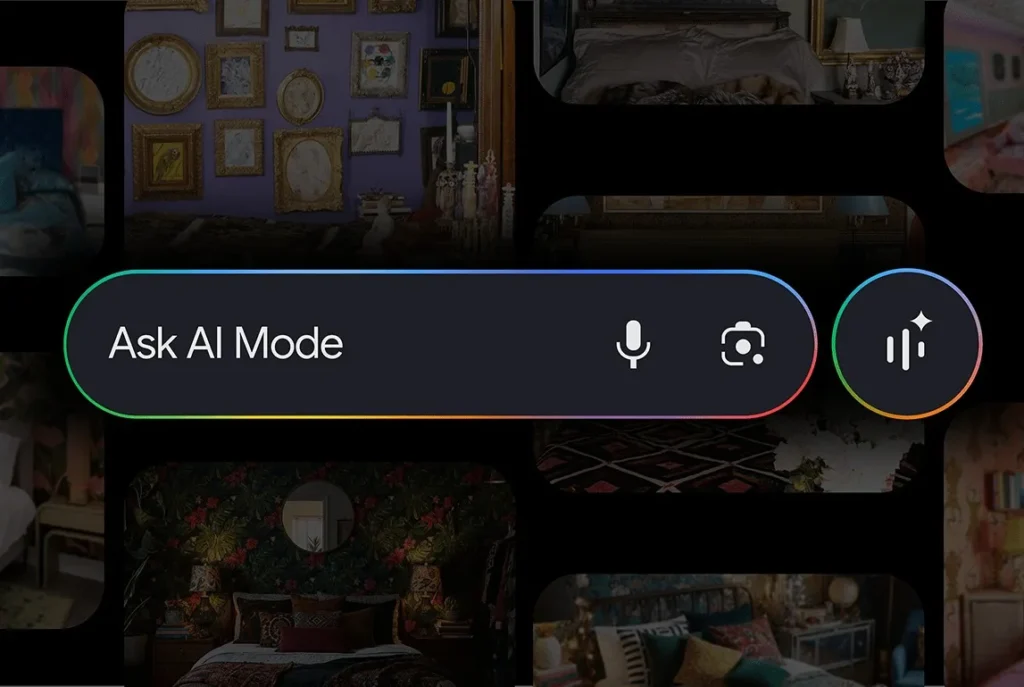Google creates complete travel itineraries using AI
Google is once again expanding the capabilities of its AI Mode, this time benefiting travelers. Users can now describe their upcoming trip directly to the AI in the search bar, then select the “Create with Canvas” option.
The tool then automatically generates a detailed travel itinerary in a sidebar, including information about flights, hotels, activities, and even photos and reviews sourced from Google Maps.
Once the document is generated, it can be refined in just seconds. For example, you can request hotels that fit a specific budget, filter by amenities, or find nearby activities with reasonable travel times. American users who have activated AI Mode in Labs on desktop can now access these travel plans.
The generated projects are automatically saved in the AI Mode history.

Canvas, which initially displayed real-time code or dynamic study plans, is now becoming a true smart dashboard integrated directly into Google Search. Last year, Google introduced planning features in Gemini, but integrating them into the main search engine brings these tools to a much broader audience — potentially worrying competitors like Kayak and Expedia, who are also transitioning to AI.
Google adjusts automated reservations
Google is also taking this opportunity to expand automated reservations. AI Mode already offered automated bookings for event tickets or local appointments for users in Labs in the United States. Now, restaurant reservations via Google’s agent are available to all American users, whether they are in Labs or not. The tool displays relevant restaurants and directs users to partners such as OpenTable, Resy, Tock, Ticketmaster, SeatGeek, StubHub, and more.
Lastly, Google confirms it is working with several travel giants — Booking.com, Expedia, Marriott, Wyndham, among others — to eventually allow automated bookings for flights and hotels directly from AI Mode.
Additionally, Google Flights is expanding its AI Flight Deals tool, which helps users find the best offers through real-time analysis. Already operational in the United States, Canada, and India, it is now being globally rolled out in over 200 countries and territories, supporting more than 60 languages.




